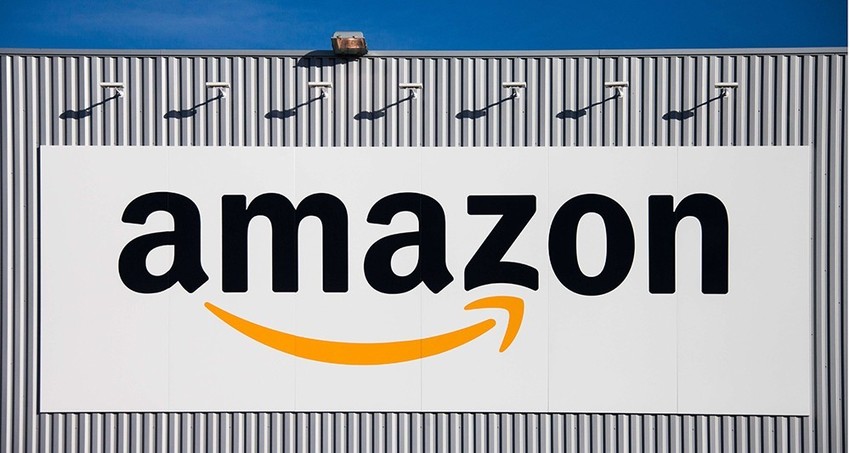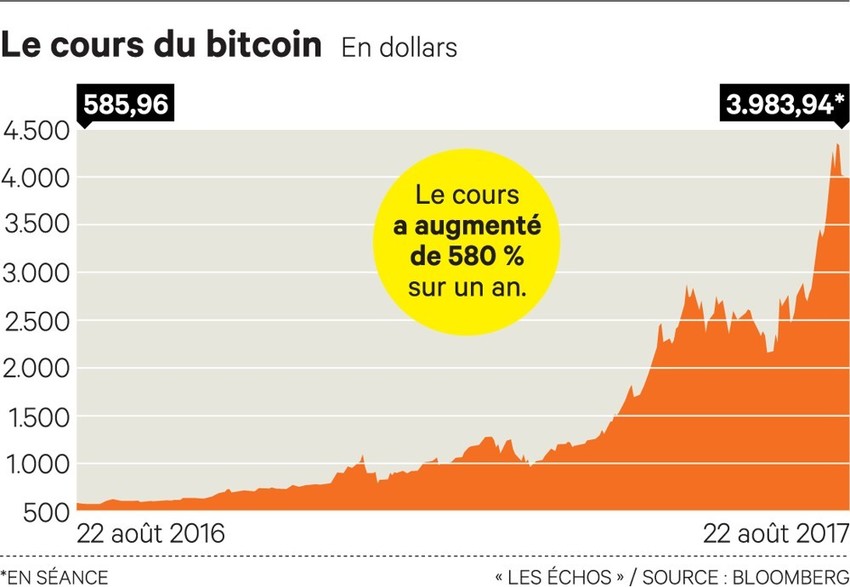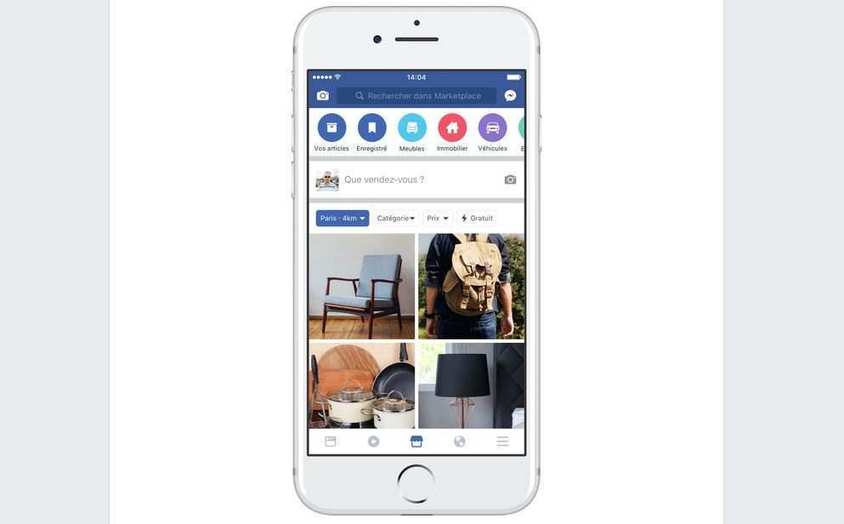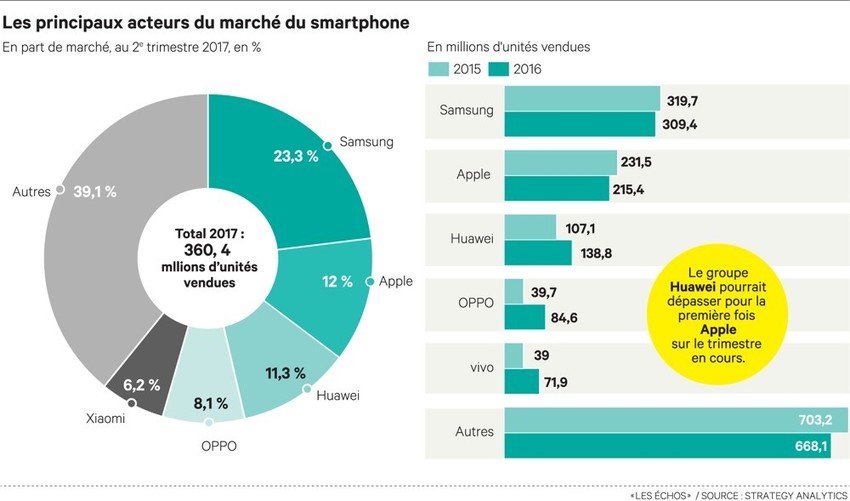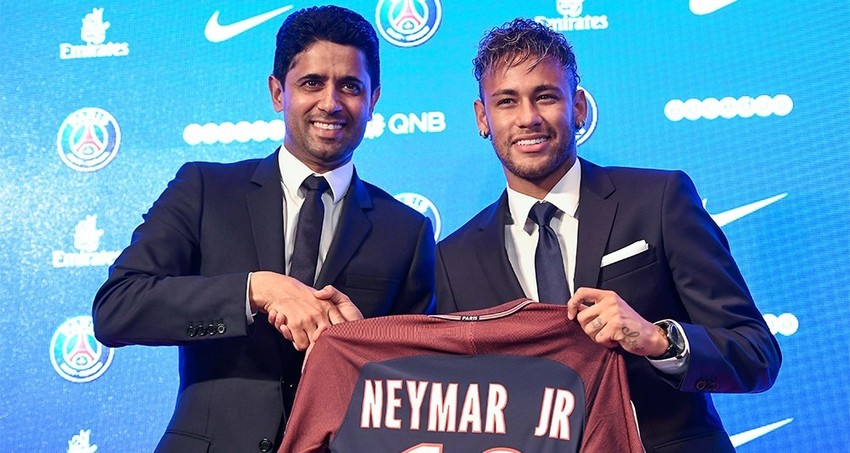Amazon réalise une méga-levée de dette sur les marchés
Il y a deux mois, Amazon défrayait la chronique en rachetant la chaîne de supermarchés bio Whole Foods pour près 14 milliards de dollars. Le leader mondial de la distribution en ligne signait ainsi la plus grosse acquisition de son histoire . La société de Jeff Bezos, jusqu'ici peu présente sur les marchés financiers, est désormais sur le point de réaliser la quatrième plus grosse opération en dollars depuis le début de l'année. Amazon effectue en effet depuis hier une méga-levée de dette d'un montant de 16 milliards de dollars. L'opération, dont le but est de financer l'achat de Whole Foods, se décompose en sept tranches, notamment sur des maturités longues de 40, 30 et 20 ans. Une opération bien perçue par les agences de notation Cette émission géante, organisée par Bank of America, Goldman Sachs et JP Morgan, change la dimension du groupe sur les marchés : la dette obligataire d'Amazon s'élevait à seulement 7,8 milliards de dollars, selon les données de Bloomberg au 30 juin, alors que sa précédente émission d'obligations datait de 2014. Cette année, seuls AT&T (22,5 milliards), British American Tobacco (17,25 milliards) et Microsoft (17 milliards) ont émis des montants plus gros. L'opération semble bien accueillie par la communauté financière. La firme de Seattle, qui est passée du statut de valeur de la Tech à celle d'un poids lourds de la distribution, est notée en catégorie « investissement » (bien notée) par les agences de crédit. Lundi, Moody's a estimé que l'acquisition de Whole Foods était immédiatement positive malgré l'augmentation de la dette. L'analyste chargé du suivi d'Amazon a relevé la perspective de « stable » à « positive », indique Bloomberg. Le marché voit plutôt d'un bon oeil le virage pris par la société , qui a jusqu'ici construit son succès sur le non-alimentaire.

